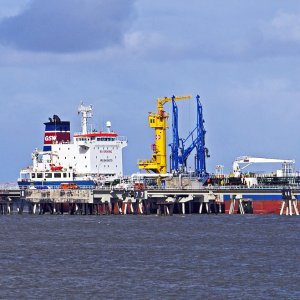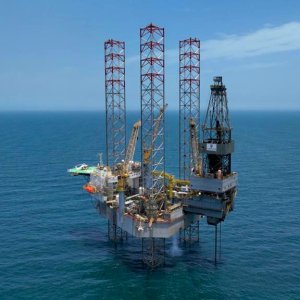Reconciling Natural Gas Priorities

STORY INLINE POST
Q: What are the defining characteristics of your strategy for the Mexican market?
A: Our strategy for Mexico has been redefined to fit the entire North American region. We are approaching it as a regional strategy rather than a national one. It is clear that you cannot really separate Mexico from its geographic circumstances. This not only applies to the obvious economics of US natural gas imports in Mexico, but also to the fact that many US natural gas reservoirs extend into Mexican territory and will be a crucial part of a current and future natural gas production plan in Mexico. Thus, the development strategy for the natural gas infrastructure that we work on needs to take on an integral approach all along the value chain. A great example of this is Enagás’ partnership with Blackstone Infrastructure. The current Mexican infrastructural development agenda is aligned with our goals. We particularly welcome the ongoing policy of promoting and stimulating storage projects and general investment in storage infrastructure. With that being said, when it comes to Mexico’s gasification, everything that has already been done pales in comparison to what remains to be done. A more proactive and positive position by the most relevant players, such as CENAGAS, CFE and large industrial consumers would be welcomed. Their resources need to complement each other more effectively. This is why our overall long-term structure in Mexico is to provide integral solutions for natural gas infrastructural needs that involve bringing together all of these parties. This also reflects the fact that Mexico is by far the most important market in our international portfolio outside of Spain.
Q: What is Enagás’ perspective on the conflicting questions surrounding Mexico’s natural gas development?
A: We believe these questions are less conflictive than they seem. For example, we do not believe that developing infrastructure for natural gas imports has to happen at the expense of developing infrastructure that supports national natural gas production and self-sufficiency. We understand that the economic imperative is to maximize these imports. We also believe that a country can meet its natural gas needs only through imports, provided its sources are adequately diversified. Our example is Spain, which maintains an important natural gas market despite not producing its own natural gas. However, we believe that infrastructural spending can create a balance and not necessarily favor one function over the other. Mexico’s position as a neighbor to the US is privileged and should be taken full advantage of, but this natural balance between imports and production will still emerge as a result of simply following the market; for example, the construction of regasification plants meets the needs of both of these objectives. We believe that Mexico has enough infrastructure to attend its current needs and that its incoming growth can be designed to organically meet demand. From our perspective, the best way to do this is to balance operational storage, such as the one provided by facilities such as the Altamira and Manzanillo plants. Another important factor in this equation is the renewal of existing and aging pipelines and related infrastructure. Included in this renewal process is an integrated plan for reorienting the commodity traffic routes so that hubs can be created which make distribution more efficient.
Q: What has your experience operating three natural gas infrastructure assets in Mexico taught you about the areas of opportunity in Mexico’s natural gas development?
A: Although our future plans will continue to be focused on those three assets, we do identify areas currently unattended by the growth of Mexico’s natural gas infrastructure, such as the Yucatan and Baja California peninsulas. Virtual pipelines can address these and other zones lacking attention due to factors such as geographical isolation or infrastructural marginalization. This resource can also be used to promote the gasification of industrial clusters and the so-called special economic zones. All of this contributes to the overall process of continuing the ongoing decentralization of natural gas assets’ administration from PEMEX to a wider web of institutions.
Enagás is an international natural gas distribution and infrastructure industry leader headquartered in Spain. It began its involvement in the Mexican market in 2011 and since then it has been involved in three major infrastructure projects.
























